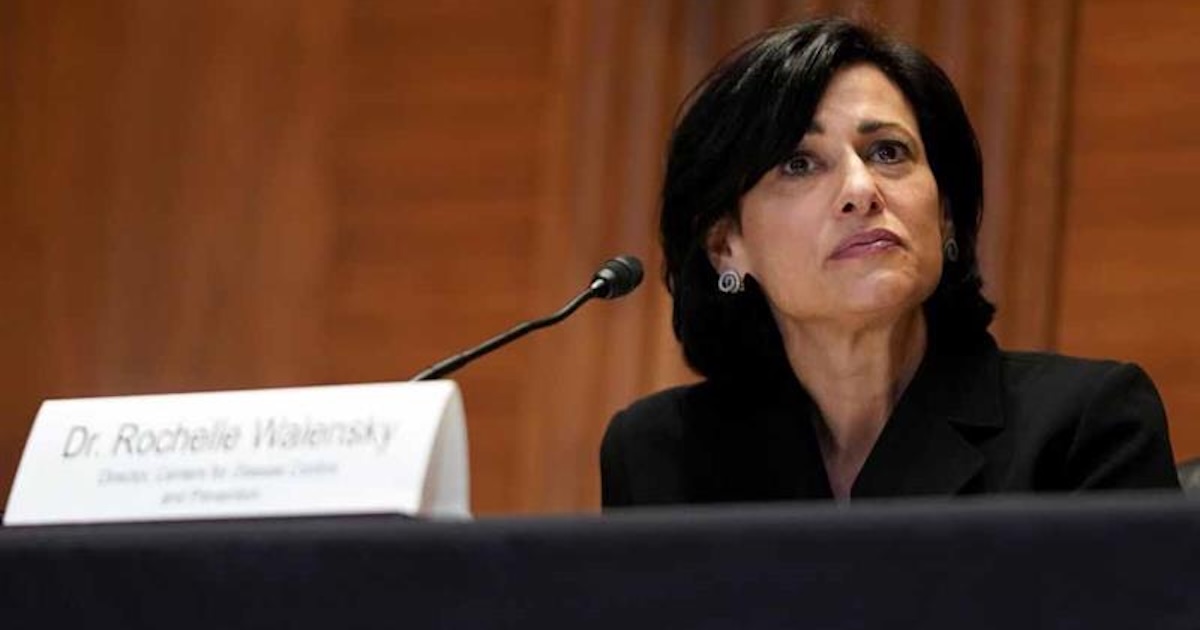Sure, mHealth is supposed to save lives and cut wasteful expenses. But it can also be used to attract new customers and boost patient satisfaction rates.
That's the opinion of Mary Zatina, senior vice president of corporate communications for Oakwood Healthcare, the Dearborn, Mich.-based four-hospital system and a finalist for the 2011 Malcolm Baldrige National Quality Award. Her reasoning? If consumers are already using smartphones and tablets, they're going to want their healthcare providers to do the same thing.
"We realized a while back that we were doing a poor job of meeting their needs," she said. "That had to change."
In 2011, Zatina explained, about 5 percent of the health system's website traffic was on mobile devices. By May of 2013, she said, that number had jumped to 32 percent. With a new advertising campaign and plans to refresh the website in the works, she said, it was time to get serious about mHealth.
"We're in a very competitive region," she said of the health system, which covers a 500-square-mile area in Wayne County and serves some 30 communities and 940,000 people. "We needed a (communications approach) that matches who they are, how they work, how they tick. … We needed to establish a much stronger relationship with people. We need to meet them on their terms."
To design a new website, Oakwood turned to CareTech Solutions, a Troy, Mich.-based developer of IT and web-based services. Zatina said CareTech designed a more responsive web presence for Oakwood that included a mobile version of Oakwood Dialogue.
"We had lots of data about what people look for on mobile devices," she said. "We realized that mobile users were looking for phone numbers, directions and simple transactional information."
Zatina said she also realized that "the smaller the screen, the more I had to give up" in presenting the Oakwood message. But with people accessing Oakwood's mobile site in ever-increasing numbers, she had to make sure they were getting information that would compel them to keep coming back. So she had to prioritize her messages.
"We needed immediate impact," she said. If someone sees an advertisement for Oakwood or has some random question and calls up the Oakwood app on a mobile device, that information has to be available to them at a moment's notice.
"We also have to create a top-of-mind awareness so that they think to look for us," she concluded. And nothing boosts that awareness better than satisfied customers and word-of-mouth.
Zatina said an engaging mobile presence is also important in meeting federal meaningful use stage 2 guidelines, which in turn leads to more reimbursements.
"We have to demonstrate that people are communicating with us electronically," she said.
Zatina has big plans for mHealth as Oakwood moves forward. She's already helped to develop a free Oakwood Medical Avatar app that enables online users to personalize their interactions with the health system. And as Oakwood learns more about each online visitor, it can tailor its resources to push relevant education to them.
In a sense, designing a mobile presence is more challenging than designing a web presence because there's less time and space to get the message across. People using mobile devices are, by definition, mobile – they aren't going to sit around and scroll through reams and reams of information looking for what they want. The information they want has to be right there, or they'll move on.
Zatina said she was surprised at "the rapid rate at which expectations are rising" for mHealth. And that may be what many healthcare providers are facing now: A population so adept at using mobile devices that it expects everyone to have that same level of expertise.
"From the very first meeting, we need to be there for them," she said.


